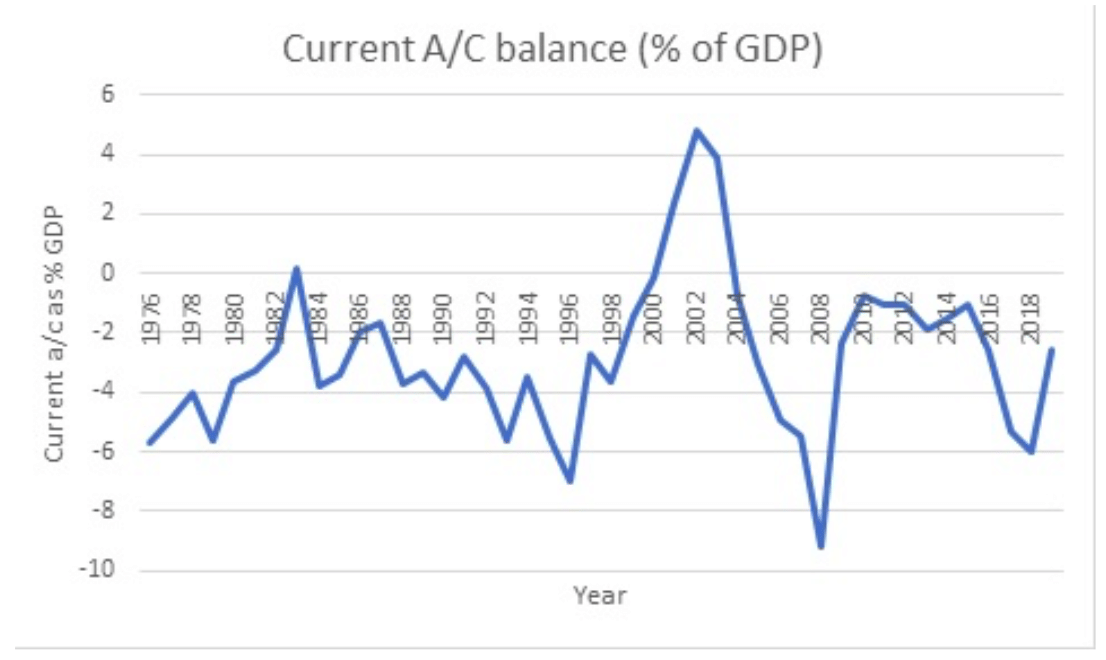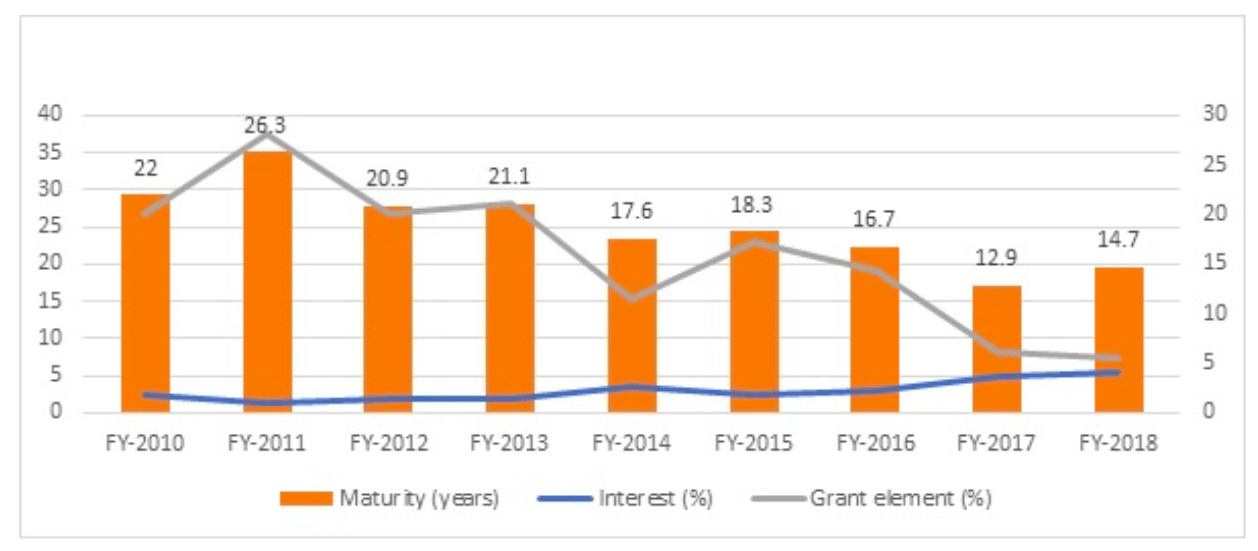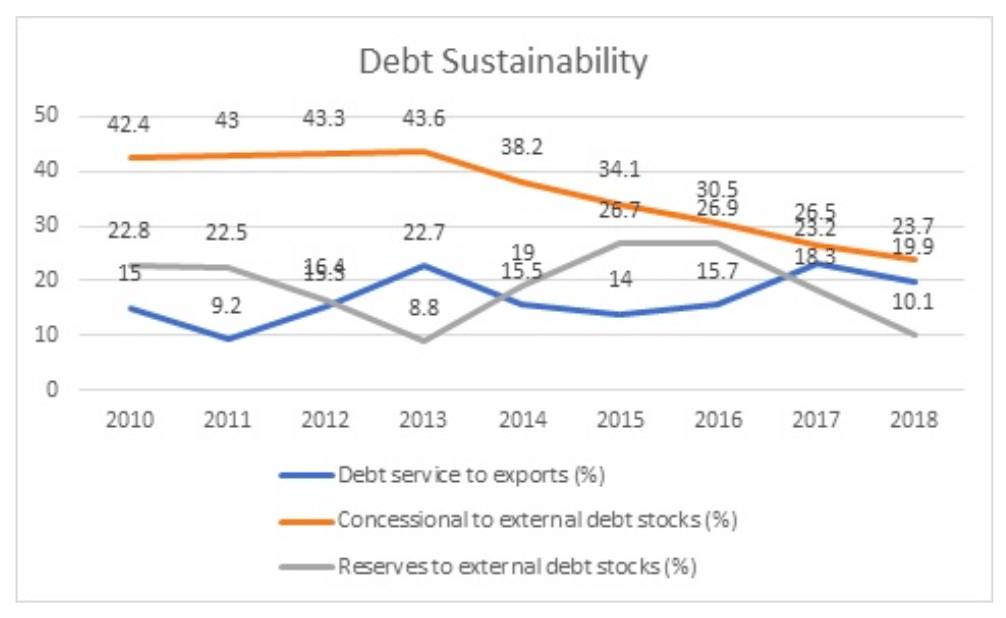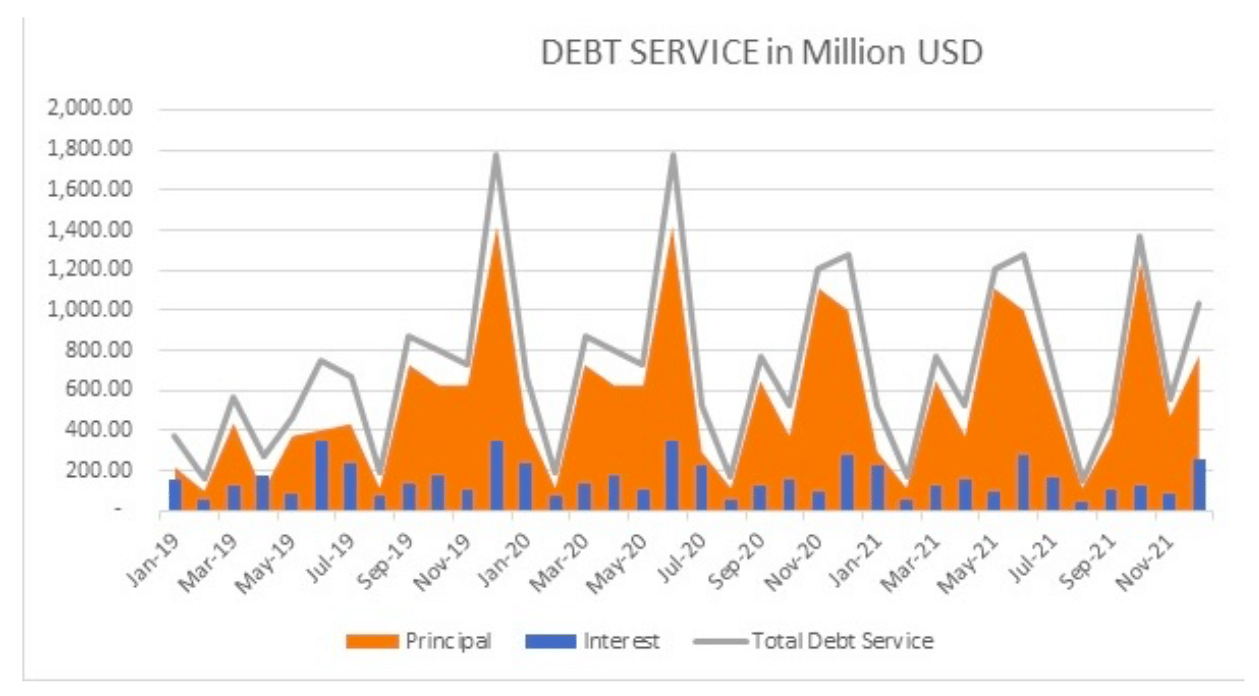After being deferred twice due to Covid-19, the Financial Action Task Force (FATF) plenary meeting is now scheduled for 21-23 October 2020. Leading up to this plenary meet one of its constituent bodies, the Asia Pacific Group, met to review the pending cases, like that of Pakistan, pertaining to its jurisdiction. As if on cue, there was news of Pakistan’s vigorous efforts at passing new laws in compliance of its Anti-Money Laundering/ Countering Financing of Terror (AML/CFT) obligations. Parallelly, there is increased speculation about whether Pakistan would be “black listed” or if it would remain on the “grey list” or manage to revert to the so-called “white list”.
This sequence of events has been continuing for nearly two years now, since Pakistan regressed to its “grey list” position in June 2018. As Pakistan continues to fail to meet the successive deadlines set by the FATF, the threats from the organisation are becoming shriller and, in response, so are protestations from Islamabad.
Is there a political cost?
The case of Pakistan offers a great vantage point in appreciating the challenges faced by the FATF regime. Pakistan has been in and out of the grey list more than once. Having faced such close scrutiny, it has avoided effective implementation of the recommendations of the FATF on the one hand and also not being put on black list on the other.
Countries falling in “grey list” technically indicate that these jurisdictions have strategic deficiencies in their AML/CFT regime and they are considered for more regular monitoring. It also indicates that they have committed to remove such deficiencies in a time-bound manner. In contrast, countries in the “black list” are those that have been reported for enhanced due diligence. Generally, the black list comprises non-cooperative jurisdictions, which do not commit to improve upon the strategic deficiencies in their AML/CFT regime.
Pakistan has undergone full mutual evaluation twice: the first was in 2009 and latest in 2019. Many of the AML/CFT risks flagged in both these Mutual Evaluation Reports (MER) are identical but MER-2019 is even more damning with Pakistan being non-complaint on 27 out of 40 Recommendations. The question that arises is: how did it get out of the grey list in 2015 and why did it re-enter in 2018? Did it substantially comply with FATF Recommendations from 2015-18? If yes, then why did it re-enter the grey list in 2018? If not, how did it come out in 2015?
Apart from many other international terrorists historically living in or functioning from Pakistan, Hafiz Muhammad Saeed and his associates were put on UNSCR 1267 sanctions list as on 10 December 2008, vide UNSCR 1822 (2008). But as reported in Dawn on 25 January 2015, just a month before Pakistan was taken off the grey list, Saeed had publicly “clarified” that these sanctions had been going on for the last six years and there was nothing serious about them, and that he would continue his activities.
Thus, Pakistan got out of the grey list by adopting some legal measures in form but saving its “strategic assets” in content, which were sanctioned under UNSCR 1267. This failure on the part of FATF becomes even more glaring as, by this time, it had already adopted its new methodology of risk assessment in 2012-13, which took the effectiveness of the AML/CFT regime into account.
Apparently, the only good reason on the FATF’s part in taking Pakistan out of the grey list in 2015 may be its decision-making style: once political commitment is made at the highest level, the FATF generally accepts the promise and/or only undertakes periodic reviews. So, the FATF relied upon assurances and took Pakistan out of the grey list in 2015 without considering the actual performance. This experience poses another question to the FATF: what does it mean to accept “political commitment from highest level” from a hybrid regime where de facto and de jure authority may not be co-located? And if the FATF accepts at face value promises which are not meant to be kept, what effect does this have on its credibility?
Pakistan is called a hybrid regime in the sense that writ of the elected government is limited in certain areas like security or foreign policy. The tussle between the elected government and the Pakistan Army regarding the policy to be adopted for Pakistan-based terrorist organisations is well documented (see the “Dawn Leaks” of 2017 or ex-Prime Minister Nawaz Sharif’s speech dated 21 September 2020).
Indirectly acknowledging its lapse at prematurely taking Pakistan out of grey list in 2015, the FATF put it back on the list in June 2018. This time round the FATF has taken Pakistan for more regular periodic monitoring and it is trying to fix stricter deadlines, but the fact remains that even after the lapse of several such deadlines and warnings, the FATF is not able to extract genuine policy action.
Despite being grey listed time and again, why is Pakistan not effectively complying with FATF Recommendations? The answer may lie in its experience in manipulating and hoodwinking the FATF grey/black listing system in particular, and international community in general.
Starting from General Pervez Musharraf’s explicit pledge on 6 January 2004 to not allow Pakistan’s soil to be used to hosting international terrorist organisations till now, there have been many promises. These only proved to be a tactical short-term ploy to get out of a tight spot. It is not that the world is unaware of this. Most experts take Hafiz Saeed’s conviction in 2020 with a lump of salt and think that he has been convicted on very weak evidence so that he may be provided relief in appellate stages. According to Ayesha Siddiqa: “The complete court order that I was able to access and read indicates Islamabad’s willingness to take risks based on its understanding of the FATF. It is not seen entirely as a technical mechanism but as an instrument of power politics. This means there is an expectation that playing a favourable role in the US-Taliban peace agreement will bring dividends, such as the removal from the FATF’s grey list.”
In the meantime, expecting impending trouble, Pakistan has washed its hands off its long-time strategic asset, Jaish-e-Muhammad (JeM) chief Maulana Masood Azhar. The Maulana and JeM are also proscribed under UNSCR 1267. This organisation claimed responsibility for the Pulwama attack of 2019 and was blamed for the 2016 Pathankot attack. In 2016, an FIR was also registered in Pakistan and Masood Azhar was taken into protective custody. Pakistan has avoided that inconvenience this time round and claimed that the Maulana along with his family remains untraceable.
In Pakistan, many FATF Recommendations, which it has implemented and touts as achievements, are meant to fulfil a domestic political agenda. For example, money laundering, tax evasion and the issue of corruption has been used by the present regime against political rivals like Nawaz Sharif and Asif Ali Zardari. Issues of tax evasion and corruption form part of Prime Minister Imran Khan’s larger political agenda. Experts claim that laws passed hurriedly in September 2020, claiming to be in compliance of the pending FATF review, also entail a lot of arbitrary and excessive powers that are likely to be used for political persecution of opponents.
It is noteworthy that the basic issue, which has been continuously flagged by the FATF against Pakistan, relates to terror financing and action against proscribed persons and entities. This is where it has been failing and this is where it has to deliver. Under a risk-based approach, critical failing in even one criterion can lead to black listing. Taking a parallel example, in 2005, Switzerland was flagged for monitoring regarding its opaque rules of beneficial ownership of legal persons and cash couriers. Based on such risks, Switzerland was made to comply and it did not matter that it had majorly complied with most other technical recommendations.
Also read: FATF’s grey list suits Pakistan’s jihadi ambitions. It only worries entering the black list
Is there an economic cost?
Post grey listing, Pakistan’s credit ratings were downgraded. This credit rating downgrade has a negative impact on rate of interest which, in turn, has adverse impact on economic growth. But apart from the credit ratings downgrade, which may have been caused by factors other than grey listing, what do other economic parameters say? To analyse this, we consider trends in some key macroeconomic parameters when Pakistan was on the grey list.
Figure 1 below shows that Pakistan has a long-term trend of current account deficit leading to constant pressure on balance of payments. But contrary to expectation, during the period 2012-15, its current account position was only a shade better as compared to its historical average and showed some degree of stability.
Figure 1: Current account trend of Pakistan

Figure 2 below shows that the debt maturity period had no particular trend from 2012-15 but started decreasing after 2015. It shows that Pakistan’s quality of debt deteriorated and became more short term post 2015, which is counter-intuitive. Similarly, the interest rate has been rising after 2015 after moving up and down from 2012-15. The grant component of foreign loans also decreased since 2015. This indicates that Pakistan is relying more on short-term high-interest loans, which are riskier.
Figure 2: Debt maturity in year, average interest rate on debt, element of grant

Similarly, as per Figure 3 below, Pakistan’s debt service to exports position and reserves to external debt stock position improved between 2013-15 as it had decreasing debt servicing obligations to exports and increasing forex reserves cover for that debt. After 2015, this started deteriorating. The percentage of concessional debt, which is generally preferred as it has low interest rates, has been going down since 2013.
Figure 3: Quality of debt servicing indicators

As Figure 4 below shows, Pakistan’s interest payment to exports ratio and interest payment to Gross National Income (GNI) ratio improved till 2014 and has been deteriorating since then. For part of the period when Pakistan was grey listed, its debt sustainability as measured by interest outgo was actually improving; since 2014 this has been going down.
Figure 4: Sustainability of interest payments

The above figures show that for the large part of 2012-15, Pakistan’s macroeconomic parameters interest rate, quality of debt and its sustainability, governing its external sector were largely stable or had a secular trend. They also reveal that these parameters had started deteriorating much before June 2018. This shows that grey listing had a minimal impact on economic performance and it is largely ineffective in imposing economic costs on the target jurisdiction. This finding further corroborates the analysis as to why grey listing by the FATF remains largely ineffective in bringing any real change in Pakistan’s behaviour.
A related question which needs answering is: if grey listing is really ineffective, then why is Pakistan making any effort after all at passing laws or making perfunctory changes? And what accounts for the media buzz inside Pakistan regarding grey listing this time?
The answer may lie in the fact that the country’s economic parameters have been deteriorating for some time and its economy is currently very vulnerable. On a more ominous note, Figure 5 shows that starting from mid-2019, Pakistan is required to service huge amount of external debt in dollars. These include maturing of old-time debts now as well as short term debts incurred lately. This makes Pakistan’s economy particularly vulnerable over the next few years and any likelihood of progression to black listing will be particularly problematic. This timeline also underlines the fact it is not the grey listing per se but Pakistan’s persisting economic weakness coupled with the threat of possible black listing, which is worrying its government.
Figure 5: Future debt servicing liabilities of Pakistan

This is not to say that grey listing may not have any impact on Pakistan’s economy. The idea of “naming and shaming” by FATF may have a cost. As FATF works with the International Monetary Fund (IMF) and the World Bank as well, the IMF has also been putting conditionalities linked to FATF-related compliances before giving bail-out packages. However, grey listing doesn’t seem to be the main cause of Pakistan’s economic woes though it may be exacerbating an already present malady.
Another related question is: what are the costs of black listing by the FATF? Some literature indicates the not-so-serious monetary effect of black listing and also calls for even tougher a FATF regime for non-cooperative jurisdictions. By and large, however, there is a larger consensus that black listing leads to severe consequences for the target economy. Currently, only Iran and North Korea are placed on the FATF black list, which may indicate its seriousness.
Also read: India’s trying to get Pakistan on FATF blacklist, but it won’t really hurt their economy
Weakness in FATF regime: A case for different shades of grey
It appears that as far as severity of consequences is concerned, the black list is a quantum jump over the grey list. It is a serious escalation with very high costs. For an already weak economy like Pakistan, it could even lead to large scale turmoil and default. Akin to the nuclear option, this leads to a very high threshold for black listing.
This structural weakness in the FATF is also reflected in the somewhat brittle or simplistic categorisation structure of different jurisdictions into so-called white, grey and black. This straightjacketed view may not permit a flexible and graduated response. The reason is a very substantial jump in international commitment when putting some country on to the black list. Madeleine Albright, former US Secretary of State, once called Pakistan an “international migraine”. To put it bluntly, the international community may be trying to avoid turning a migraine into a brain tumour by black listing. But Pakistan is also aware of this dilemma, that the only option available to the FATF after the grey list is one it may not be willing to take. So in place of gaining leverage the FATF is actually losing it through this structure. This high threshold provides considerable space for manipulation and manoeuvre to a country like Pakistan. Another deficiency already considered is the natural difficulty faced by most organisations in dealing with hybrid regimes like Pakistan, the FATF being no exception.
Analysing the problem faced by the FATF and risk associated with all the available options, some scholars have tried to take the middle ground and suggest keeping Pakistan in the grey list only. Their basic argument is that Pakistan has definitely not done enough to move from the grey to the white list. Black listing may lead to it being a pariah and this may have severe consequences.
The drawback with this approach is that, first, it does not solve the problem and, second, it undermines the effectiveness of FATF as an institution. As timelines are being missed, news of geopolitical considerations playing an increasing role in FATF meetings keep coming out. News of voting based on geopolitical consideration undermines the consensus-based technical nature of the FATF deliberations. Thus, status quo may not be the solution.
A possible option worth exploring may be to generate policy options for graduated but firm response while moving between the grey and black lists, that is, there may be a scope for darker shades of grey. Though the FATF has adopted a risk-based approach, the grey list shows countries as diverse as Mauritius, Pakistan, Syria, Jamaica, Iceland and Barbados being clubbed together. They all may have some strategic deficiencies vis-à-vis the FATF standard, but, qualitatively, do they pose the same degree of risk? For example, the FATF targets weapons of mass destruction (WMD) proliferation, corruption, money laundering and terror finance. There is, however, a difference in risk between political corruption leading to money laundering and nuclear weapon proliferation or financing terror. The present system lumps all such jurisdictions with different qualitative risks in one grey list basket. Differentiating may help the FATF better assess the risk posed by Iceland or Jamaica as opposed to, say, Pakistan.
There may be those jurisdictions in the grey list that have the will to implement the FATF Recommendations but may lack the necessary technical or administrative capacity. At the other extreme, jurisdictions may have the capacity but would be unwilling in intent. A necessary categorisation that captures this crucial aspect may be made in the grey list. Countries willing to act but lacking capacity should be given technical support. But countries like Pakistan, which largely lack the will to implement, may be put in the darker shade of grey and sanctioned more severely. This should help in better targeting.
After categorising the severity of the source of risk followed by whether the country has the necessary capacity/will, or not, a graduated response may be designed in consultation with different constituents like credit rating agencies, banks, IMF and World Bank, etc. This approach may provide more flexibility in tackling jurisdictions that may be undermining the FATF by repeatedly giving assurances but not acting on them in any substantial way.
The time may be right for such a discussion because the FATF is already in the process of undertaking a strategic review of its methodology of assessment by 2021. It is committed to making the FATF more effective by strengthening risk-based elements of the assessment process.
Going by its record of policy innovation and flexibility, it is safe to assume that the FATF will again rise up to the challenge.
Pradeep Singh Gautam is an officer of the Indian Revenue Service (IT) of the 2008 batch. He is currently serving as Research Fellow at MP-IDSA on deputation. Views are personal.
This is an edited excerpt of the author’s article first published by the Manohar Parrikar Institute for Defence Studies and Analyses (MP-IDSA).







Ra(i)ndia
Black list indea
Pakistan is a failed state, a basket case – it cannot sustain 4 straight solvent quarters without going to alms begging spree. Tragedy is that it compares itself to a country like India. Pakistanis need to come out of their inferiority complex and continual parity seeking behaviour. If they ask nicely we Indians are ready to give them aid so that they don’t have to travel around world begging.
Put Terroristan Permanently In Black List And Throw China Out Of Security Council Because, Because Of Its Support To Terroristan With Men Material And Arms
What’s going darker is Indian obsession and now the subsequent frustration when Pakistan is almost out of the woods on the FATF issue. Had you concentrated this well on your own tumbling, -24% economy, things would have looked better for you and your Corona hit country.
Brilliant synopsis.
India should worry more about the Bigger Stronger China which is eating Indian land on daily basis rather than being paranoid about much smaller Pakistan !!!